
Basilica Ulpia, Rome Book Tickets & Tours GetYourGuide
The most prominent and long-lasting of the timber truss-roofed buildings from imperial Roman times was the Basilica Ulpia, the interior of which has been reconstructed by recent writers but with little agreement regarding the upper sections.

Ulpia Basilica on Behance
Feb 19, 2010 The Notre-Dame Basilica Feb 19, 2010 Feb 19, 2010 Buy Local, shop in St. Sauveur Feb 19, 2010 Feb 18, 2010 Balnea Spa Feb 18, 2010 Feb 16, 2010 Jean-Talon Market Feb 16, 2010.

Planta de la Basílica Ulpia Fotografía de stock Alamy
A series of grey granite columns is all that remains of the Basilica Ulpia, a vast 40m-high hall that once stood in Trajan's Forum. Built in the early 2nd century, it was the largest and most opulent basilica ever built in ancient Rome, measuring 170m by 60m.

L’anastilosi della Basilica Ulpia. Il nuovo cantiere nel Foro di
La Basilica Ulpia, realizzata su progetto dell'architetto Apollodoro di Damasco per volere dell' imperatore Traiano tra il 106 e il 113 d.C., si trova nei pressi del Foro Romano ed era la più grande costruita a Roma.
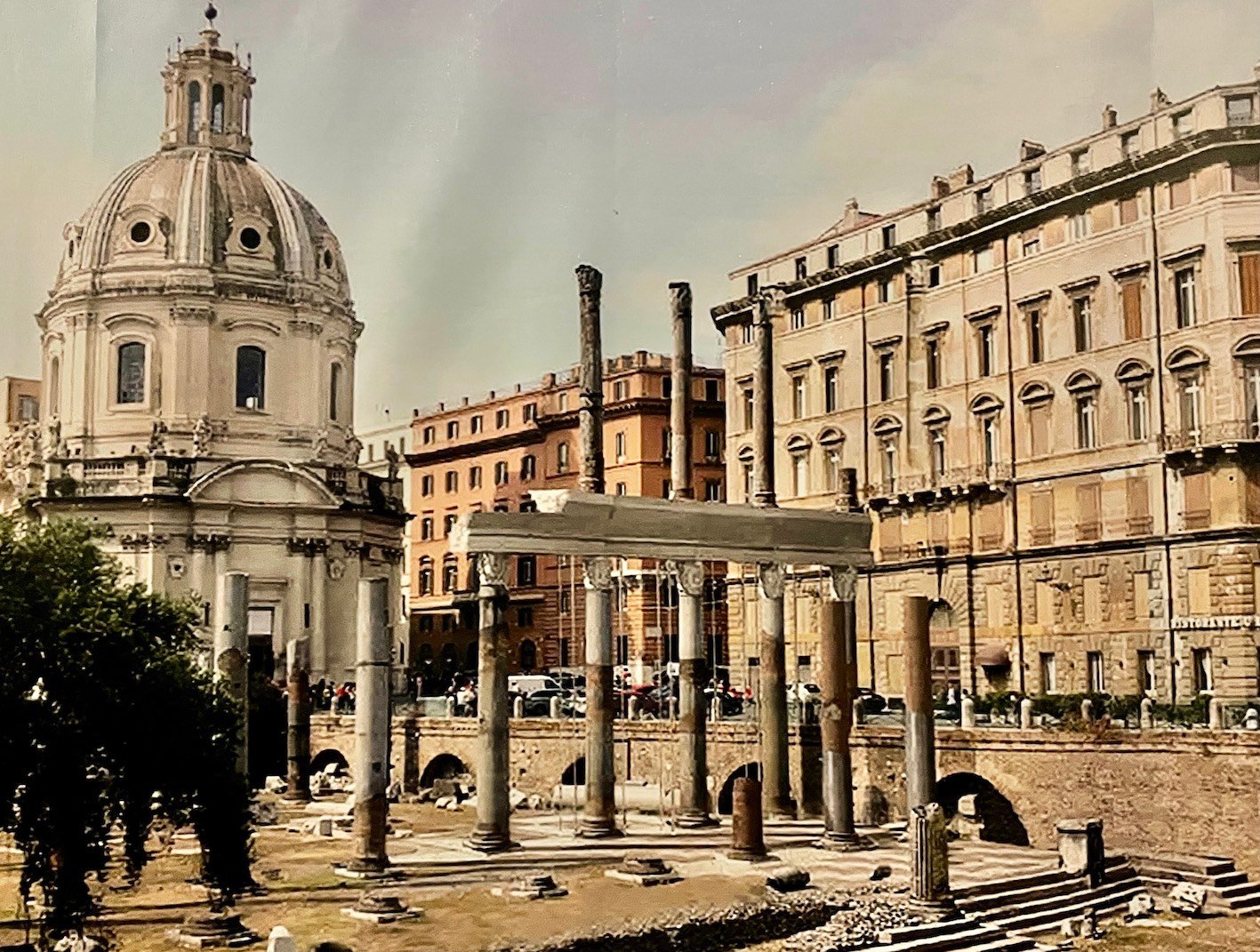
Basilica Ulpia a Roma parte la ricostruzione in anastilosi
The Basilica Ulpia, built by the architect Apollodorus of Damascus at the behest of the Emperor Trajan between 106 and 113 AD, is located near the Roman Forum and was the largest built in Rome.. The monumental rectangular building, dedicated to the administration of justice and the conduct of commercial activities, bordered, on the shorter side, the Trajan Forum and was raised above the square.
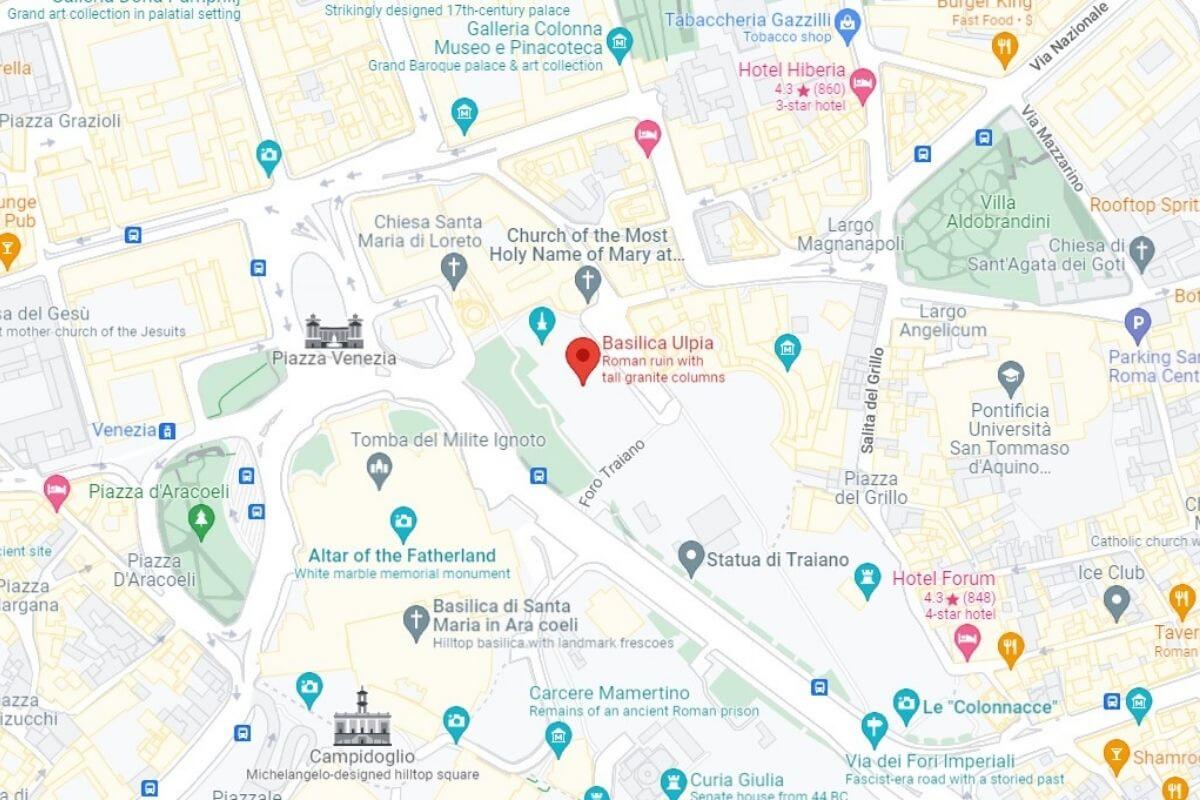
Basilica Ulpia Forum of Trajan Facts, History & Get Tickets
La Basilica Ulpia - La Colonna di Traiano / The Basilica Ulpia - Trajan's Column . Photographed By James Hulse, June 29, 2023. 1. Foro di Traiano / Forum of Trajan Marker. A nord della Basilica si apriva un cortile (Pianta-5), affiancato an est e a ovest da Biblioteche (Pianta-6). Al centro del cortile si innalzava la Colonna di Traiano, il.

Basilica Ulpia (Rome) 2022 Alles wat u moet weten VOORDAT je gaat
A project is underway that will change the landscape of Trajan's Forum in the heart of Rome. The Basilica Ulpia, built by the architect Apollodorus of Damascus at the behest of the Emperor Trajan between 106 and 113 AD, is to receive a new lease of life thanks to a €1.5 million donation from an Uzbekistan businessman.
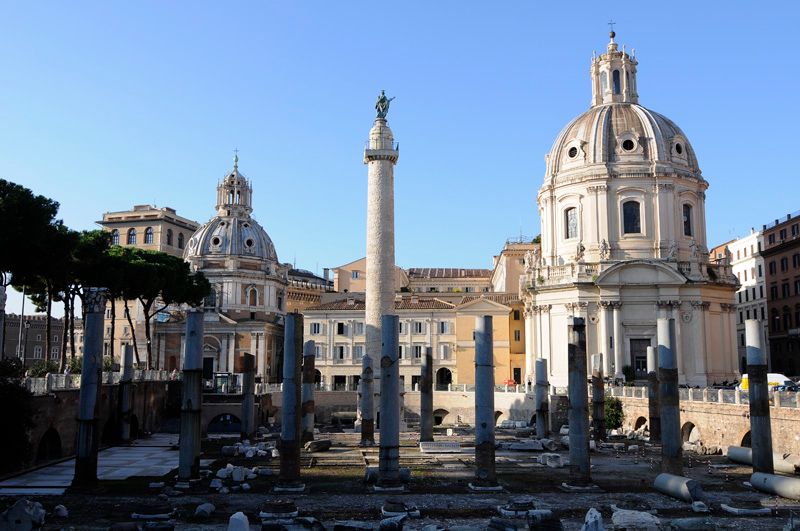
Basilica Ulpia (Rome, 113) Structurae
CITY OF ROME MONUMENTS OF ROME Basilica Ulpia Start with our video overview: Key information: Basilicas became a quintessential element of Roman architecture from the mid-Republican period, having been imported from the Greek tradition of the stoa and taking its name from the Greek basileus, or king.

Basílica Ulpia (con imágenes) Foros, Historia
What Was the Basilica Ulpia Used for? Unlike other Basilicas you may have heard of - such as the famous St Peter's Basilica - the Basilica Ulpia seems to not have been used for any religious purposes. Rather, it served as a symbol of the presence of the Emperor, as well as courts for legal proceedings.

Vittorio Emanuele II monument at night, as seen from the Basilica Ulpia
architectural design In Western architecture: Types of public buildings The Basilica Ulpia in Trajan's Forum was similar in plan but had at either end semicircular halls (apses), which served as law courts. The fourth and greatest of the basilicas was that begun by Maxentius (306-312 ce) and finished by Constantine about 313 ce. This huge…

Piantina Foro di Traiano Statua equestre, Architettura romana, Arte
Marcus Ulpius Traianus, now commonly referred to as Trajan, reigned as Rome's emperor from 98 until 117 C.E. A military man, Trajan was born of mixed stock—part Italic, part Hispanic—into the gens Ulpia (the Ulpian family) in the Roman province of Hispania Baetica (modern Spain) and enjoyed a career that catapulted him to the heights of popularity, earning him an enduring reputation as a.

basilica ulpia ItineRoma
La Basilica Ulpia era all'epoca la più grande basilica di Roma, con 170 m di lunghezza (120 senza absidi) e 60 m di larghezza e chiudeva il lato nord-occidentale della piazza con il suo lato lungo, rialzato su tre gradini.
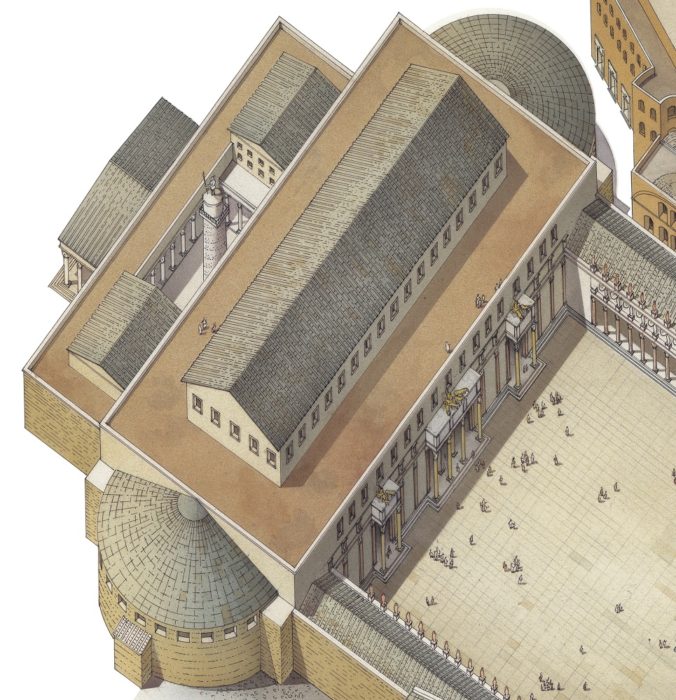
La Basilica Ulpia sovraintendenza.local
La Basilica si affacciava sulla piazza del Foro con un ampio colonnato al piano terra e numerose decorazioni a bassorilievo al piano superiore, raffiguranti trofei di armi alternati a statue di guerrieri Daci prigionieri (alcune statue e frammenti della decorazione sono esposti nel Museo dei Fori Imperiali ).
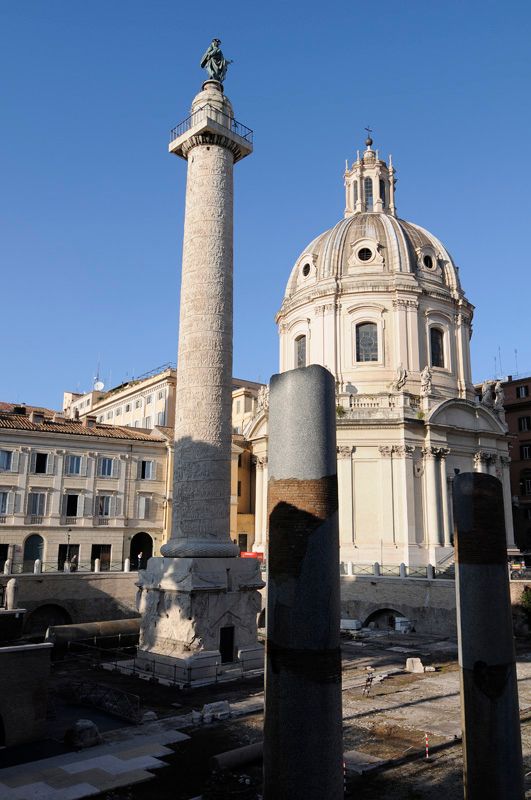
Basilica Ulpia (Rome, 113) Structurae
Detail of capital; "The Basilica Ulpia was an ancient Roman civic building located in the Forum of Trajan. It was named after Roman emperor Trajan whose full name was Marcus Ulpius Traianus. It became perhaps the most important basilica after two ancient ones, the Basilicas Aemilia and Julia. With its construction, much of the political life moved from the Roman Forum to the Forum of Trajan.

Basilica Ulpia Reconstruction and plan of the Basilica Ulp… Flickr
Pianta. Basilica Ulpia nel Foro di Traiano a Roma, 107-117. Ricostruzione, spaccato prospettico. Le basiliche private imperiali Sempre in età imperiale, palazzi e ville vennero dotati di basiliche private, dove i proprietari, ovviamente personaggi di spicco dell'aristocrazia romana, ricevevano gli ospiti in udienze speciali.

IPAT2017 BezerraSoaresIngrid Analisis funcional y comparativo
Ulpia the basilica is located on the north side of the square, it was covered with rectangular blocks of marble and decorated with a large equestrian statue of Trajan. On each side of the market square is also hosted by exedrae. North of the Basilica had a smaller square, with a temple dedicated to Trajan deified on the north side.